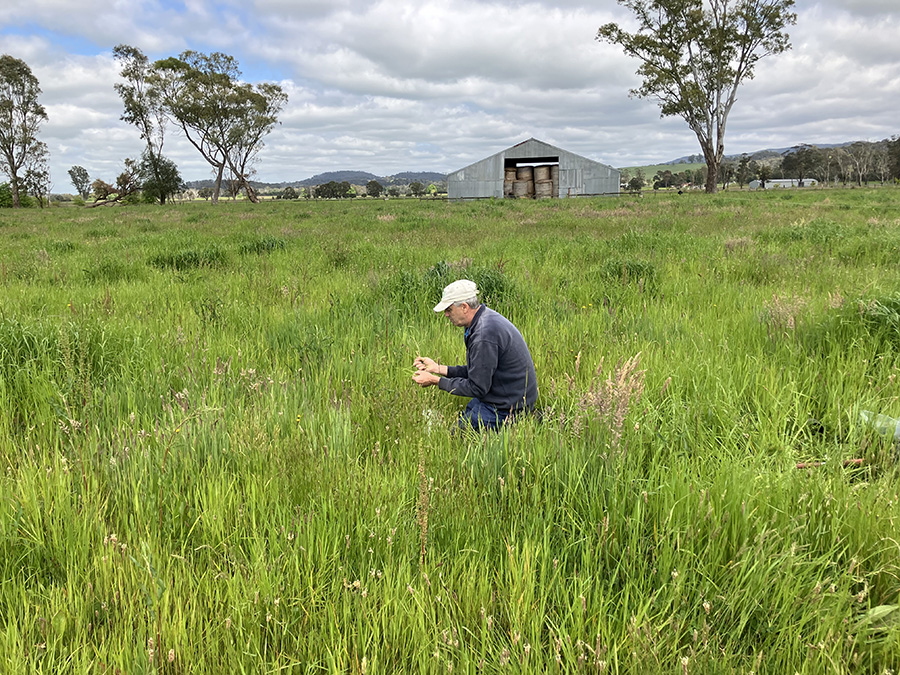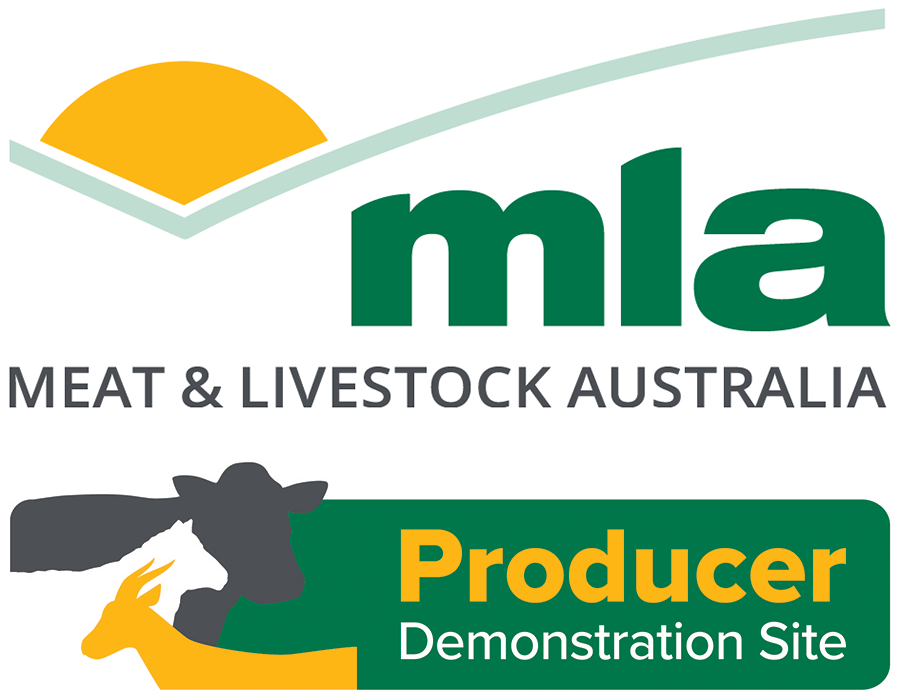Bioferts on-farm demonstration
Members of the Western Port Landcare Sustainable Farming discussion group are questioning – are there benefits of using foliar applications with bioferts that outweigh the convenience of conventional fertilisers?
Agriculture Victoria together with Meat & Livestock Australia recently co-funded 5 new Enhanced Producer Demonstration Sites (EPDS) across Victoria. These sites are run in conjunction with various farming groups. We are pleased to introduce the Biofertilisers for Improved Profitability EPDS.
Biofertiliser ingredients are commercially available products that are used to tailor applications to soil and plant deficiencies. Typical ingredients include manures, molasses, milk or basalt dust as a starter, followed by nutrients identified as lacking by soil and plant analysis. Those nutrients may include potassium sulfate, magnesium sulfate, low biuret urea and guano, as well as trace elements.
Fermentation is used to chelate nutrients, making them immediately available to the plants. Bioferts are usually applied as a foliar treatment, potentially leading to reduced total application rates due to efficient use of the nutrients by the plants. Scope 3 emissions may also be lower if using bioferts leads to nutrient rates being reduced and more products being sourced locally.
Foliar applications require leaf area to be present for uptake of nutrients, whereas conventional fertilisers can be applied at any time. Foliar applications may also need to be applied numerous times in the year to meet plant total requirements, adding an additional labour component to the farming system. They may not be sufficient to feed the soil as well as the plants.
Farm-brewed bioferts require a longer lead-in planning process due to the time it takes to ferment compared with off-the-shelf products or conventional fertilisers. So do they present cost savings to the business while still providing what the plants and soils require?
In this EPDS overall costs will be compared, as well as impacts on pasture composition and amount of feed that can be grown under the different treatments. Feed quality parameters and plant and soil nutrient levels will also be measured over the 3 years of the project.
There are 2 demonstration sites in Gippsland, at Tonimbuk and Bayles. A paddock at each site has been broken into 3 strips, with one strip being treated with bioferts, one treated with conventional fertiliser and the third strip having no treatment, acting as a control. Tonimbuk contains a grass-dominant multispecies pasture, while the paddock at Bayles is grass-based with foxtail grass incursion issues.

Soil potassium levels at both sites are slightly low, so nutrients will be applied using the 2 methods of application to look at addressing this issue.
Sulfur levels are adequate, with the aim being to maintain these levels.

Olsen phosphorus at Bayles is an average of 9.8 mg/kg across the site, while at Tonimbuk it is an average of 22.4 mg/kg. The aim will be to increase the phosphorus levels at Bayles and maintain those at Tonimbuk.
Nutrients will be applied for the first time in the coming weeks, depending on rainfall and the potential of pasture to respond to nutrients. Pasture mass will be measured pre and post-grazing to monitor how the pastures respond to the different treatments. Pastures are being grazed with beef cattle.
For more information, email on-farm-demos@agriculture.vic.gov.au